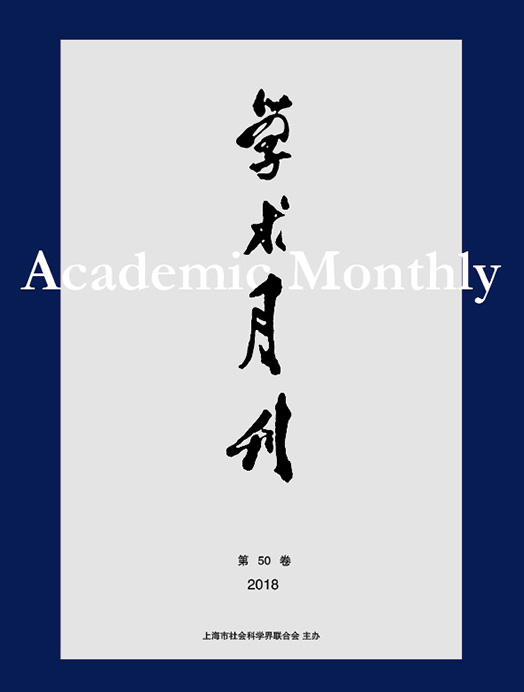From “Surplus Labor” to “New Urban Immigrants”: Reflections on the Problems and Research of Migrant Workers for 40 Years
- Available Online: 2018-11-01
Abstract: Migrant workers have entered the academic field for about 40 years. Especially since the 21st century, the issue of migrant workers has become the most important academic hotspot in the Chinese social sciences. This paper uses the method of knowledge sociology to review the evolution of migrant workers’ problems and research for 40 years. We argue that migrant workers initially became social problems because of the unprecedented emergence of migrant workers to bring big challenges and the pressure to urban management and citizens. The migrant workers has experienced a transition from being manufacturers of social problem to sacrificers and new urban immigrants in social development. At the same time, migrant workers studies has also experienced the transformation of the four basic paradigms, such as the perspective of surplus labor, floating population, labor class and new urban immigrants. Although migrant workers studies has been rich in the past four decades, it is still worth looking forward to the future development of migrant workers’ problems and research in the post " world factory” era and the middle and late stages of urbanization.




 沪公网安备 31010102003103号
沪公网安备 31010102003103号 DownLoad:
DownLoad: